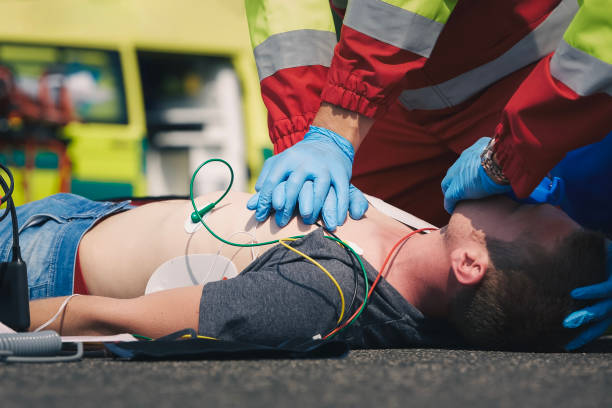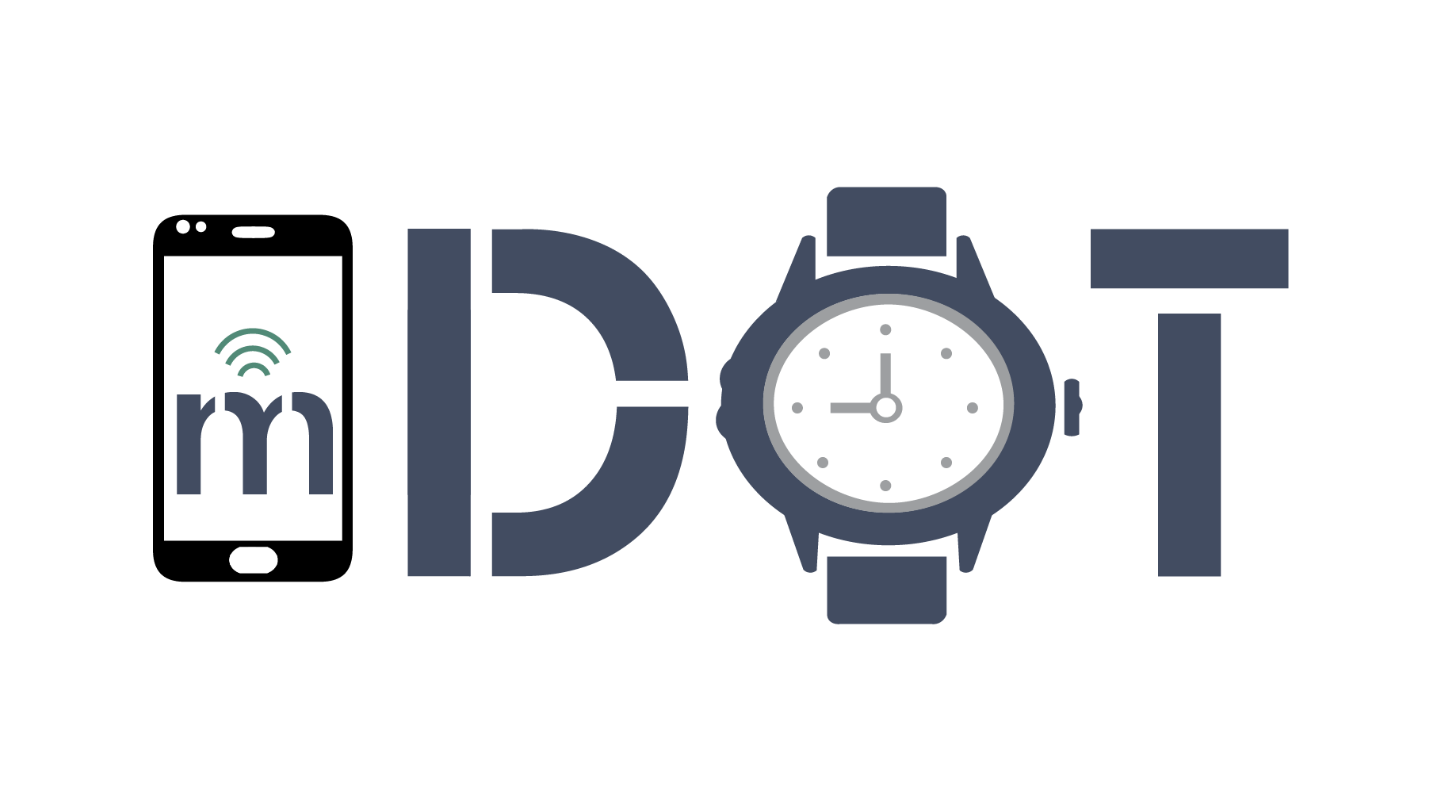
Revolutionizing Cardiac Arrest Care: AI and End-Tidal Capnography for Personalized Resuscitation
Out-of-hospital cardiac arrest (OHCA) survival rates have remained stubbornly low for decades, with fewer than 1 in 10 patients surviving. Traditional resuscitation protocols follow rigid steps, but they often fail to account for the dynamic nature of patient physiology during cardiac arrest.
A new conceptual framework, published in the Proceedings of the 57th Hawaii International Conference on System Sciences, introduces a breakthrough approach: using artificial intelligence (AI) and machine learning (ML) to analyze continuous End-tidal Capnography (ETCO₂) data as a real-time guide for resuscitation.
Led by Dr. Michelle Nassal (CP10) from The Ohio State University’s Department of Emergency Medicine and Dr. Emre Ertin (TR&D3) from Ohio State’s Department of Electrical and Computer Engineering—together with colleagues from Ohio State and the University of the Basque Country—this interdisciplinary collaboration highlights the potential of AI to unlock ETCO₂’s full utility as a biomarker.
ETCO₂, the measurement of carbon dioxide in exhaled breath, is already widely used by EMS to monitor ventilation and confirm airway placement. But decades of continuous ETCO₂ recordings have gone underutilized, with prior studies relying on static snapshots rather than dynamic waveform analysis. AI now makes it possible to characterize complex ETCO₂ trends, revealing patterns linked to Return of Spontaneous Circulation (ROSC).
The proposed framework combines probabilistic graphical modeling with deep learning, integrating data on EMS interventions, physiological measurements (ETCO₂, ECG, blood pressure), and underlying cardiac states. Reinforcement learning approaches are also envisioned to identify optimal intervention strategies that improve patient survival.
This pioneering work points toward a future of personalized, dynamic resuscitation—where life-saving interventions adapt in real-time to a patient’s physiology, guided by AI. If successful, this approach could transform outcomes for the half-million Americans who experience OHCA each year.
Paper citation
Nassal, M., Jaureguibeitia, X., Ulintz, A., Sugavanam, N., Elola, A., Wang, H., Aramendi, E., Panchal, A., & Ertin, E. (2024). Artificial Intelligence for End Tidal Capnography Guided Resuscitation: A Conceptual Framework. Proceedings of the 57th Hawaii International Conference on System Sciences, 3898–3903. https://hdl.handle.net/10125/106854








